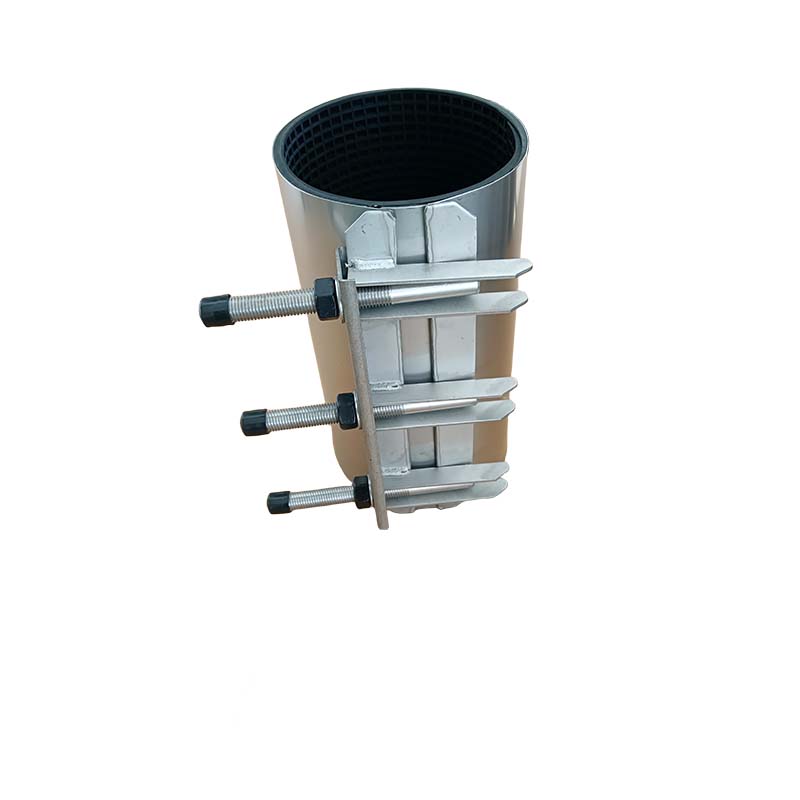Design and Optimization of Vertical Grating Drainage Systems for Enhanced Water Management Solutions
Understanding Vertical Grating Drains A Comprehensive Overview
In the realm of civil engineering and drainage systems, vertical grating drains have emerged as an essential component for effective water management. These drains are specifically designed to collect and channel excess water away from surfaces, preventing pooling and flooding in various landscapes, including urban areas, parks, and agricultural fields. In this article, we will delve into the structure, function, advantages, and applications of vertical grating drains.
Structure and Design
Vertical grating drains are typically composed of durable materials such as stainless steel or high-density polyethylene, ensuring longevity and resistance to corrosion and environmental stresses. The design usually features a vertical orientation that allows water to flow directly into the drain while simultaneously filtering debris through the grate. This vertical structure enables the effective management of surface runoff, especially during heavy rainfall.
The grating component is crucial as it serves multiple purposes it prevents larger debris from entering the drainage system, thereby reducing the likelihood of clogs and blockages, and it also promotes an efficient flow of water. The size and spacing of the grating openings can be customized based on specific drainage needs and environmental conditions, making vertical grating drains adaptable to various applications.
Functionality
The primary function of vertical grating drains is to facilitate the efficient removal of excess water from surfaces. They accomplish this by capturing runoff from rainwater, melting snow, or irrigation activities. As water flows through the grate, it is directed into underground piping systems that transport it away from the area. This mechanism is vital for preventing water accumulation, which can lead to soil erosion, property damage, and the proliferation of pests and diseases.
Moreover, vertical grating drains can be integrated with additional features, such as sediment traps or oil interceptors, to enhance their effectiveness in specific contexts
. These features help in managing pollutants and preserving the integrity of water bodies by filtering harmful substances before they reach larger drainage networks.Advantages of Vertical Grating Drains
vertical grating drain

There are several notable advantages to using vertical grating drains. First and foremost, their vertical orientation allows for a more compact design, making them suitable for areas with limited space. This characteristic is particularly valuable in urban environments, where space is often at a premium.
Additionally, vertical grating drains are generally low maintenance. The grating system naturally filters out debris, reducing the need for frequent cleaning compared to other drainage systems. This efficiency translates into cost savings for municipalities and property owners alike.
Another advantage is their aesthetic appeal. Unlike traditional open ditches or trenches, vertical grating drains can be designed to blend seamlessly into the surrounding landscape. This design consideration is important in parks and recreational areas, where visual impact is a concern.
Applications
Vertical grating drains are versatile and can be found in various applications. In urban settings, they are commonly used in parking lots, sidewalks, and roadways to manage stormwater runoff efficiently. In agricultural contexts, these drains help redirect excess irrigation water, preventing crop damage and promoting sustainable practices.
They are also increasingly being utilized in flood-prone areas to mitigate the risks associated with heavy rains and rising water levels. With climate change leading to more unpredictable weather patterns, the importance of effective drainage solutions is more critical than ever.
Conclusion
Vertical grating drains are a vital tool in modern drainage systems, offering an efficient, low-maintenance solution for managing water runoff. Their innovative design, functionality, and versatility make them indispensable across various applications. As urbanization continues and environmental concerns grow, the role of effective drainage solutions like vertical grating drains will only become more significant in striving for sustainable and safe living environments.
-
Square Sewer Cover Enhances Urban SafetyNewsAug.01,2025
-
Pipe Fitting Requires Precise AlignmentNewsAug.01,2025
-
Manhole Step Is DurableNewsAug.01,2025
-
Manhole Cover Is Found WorldwideNewsAug.01,2025
-
Hole Cover Frame On RoadsNewsAug.01,2025
-
Gully Grate Improves Road SafetyNewsAug.01,2025
-
Man Hole Cover Round Load CapacityNewsJul.31,2025
